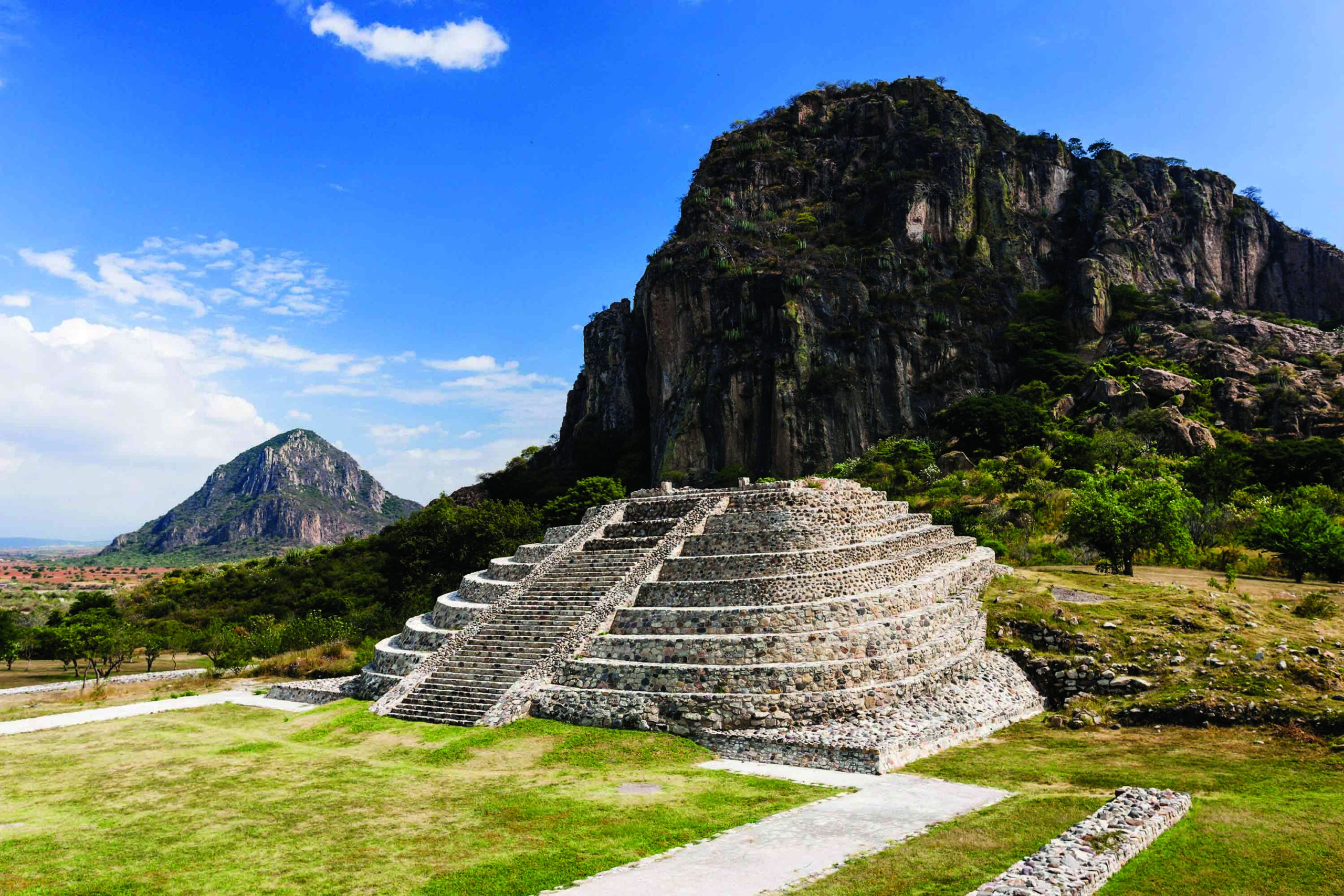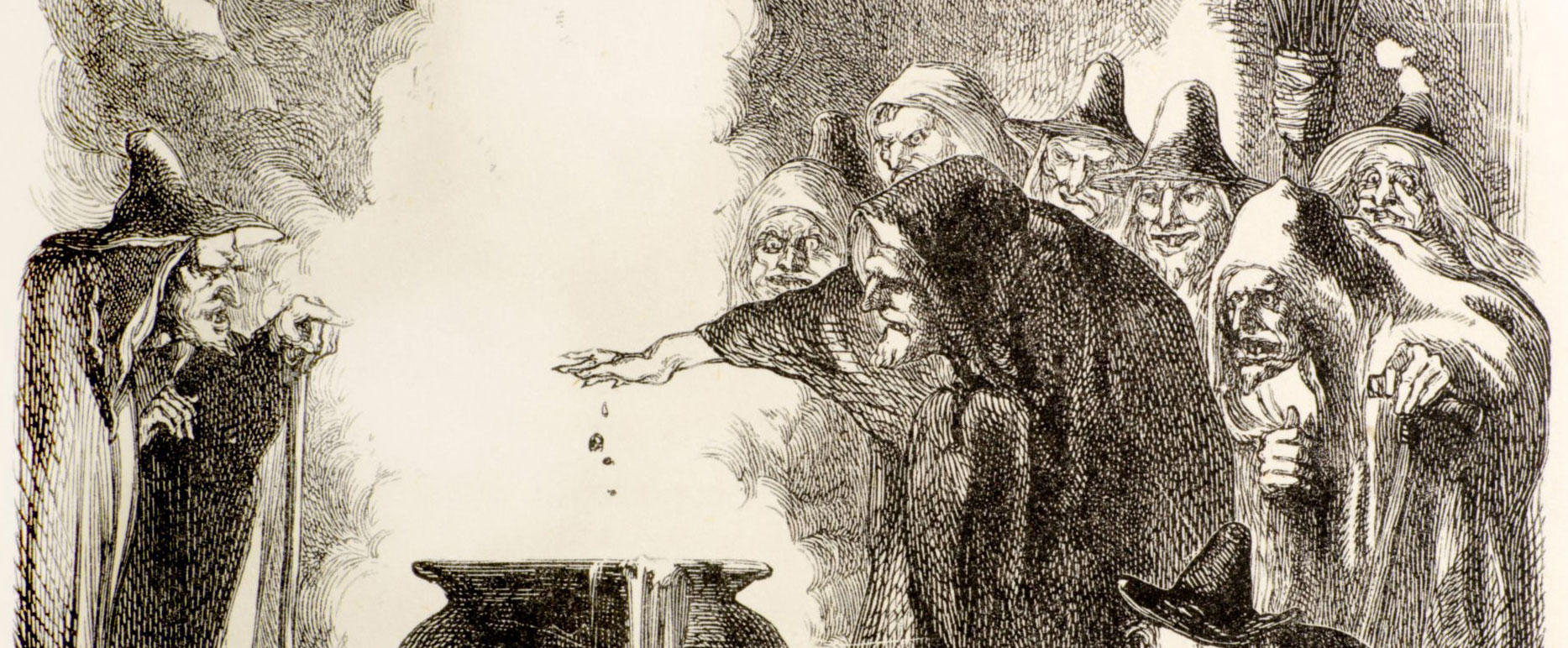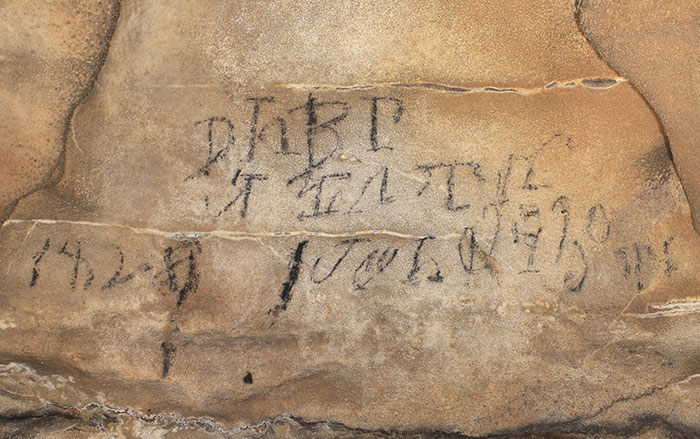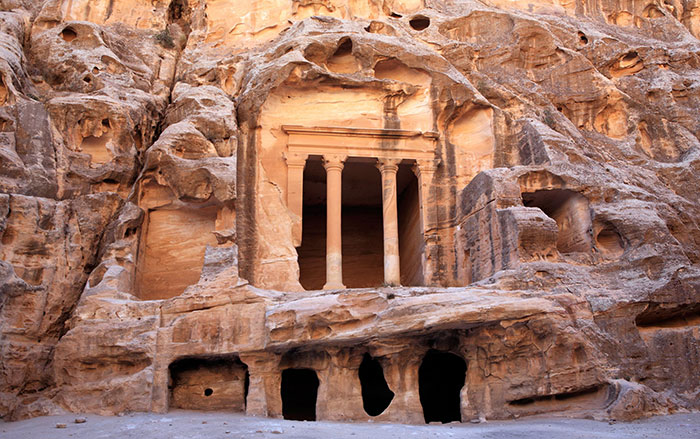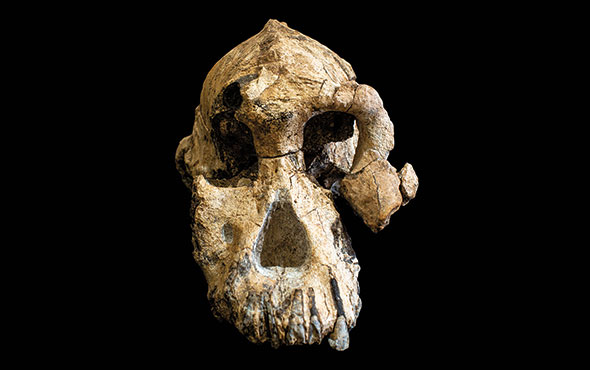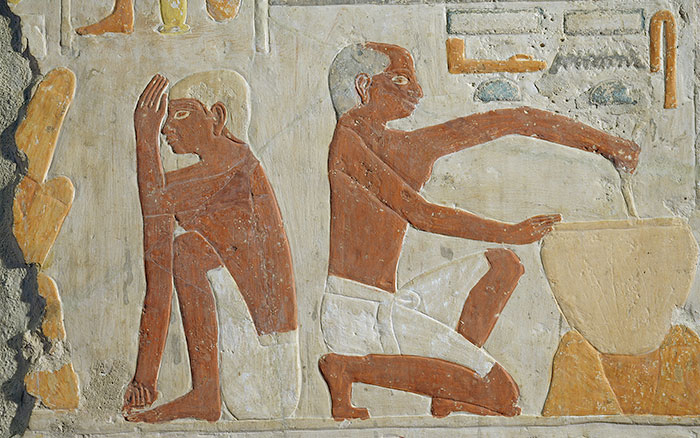
MEXICO CITY, MEXICO—Reuters reports that David Carballo of Boston University and his colleagues uncovered fragments of murals decorated with images of flowers and singing birds, pieces of jade, a finely carved stone mask, and shells from the Pacific Ocean and the Gulf of Mexico in the Tlajinga neighborhood located about two miles to the south of the center of Teotihuacan. The neighborhood is thought to have been inhabited by a thriving community of craftsmen including gem cutters, potters, garment makers, and obsidian workers, between 100 B.C. and A.D. 550. The researchers estimate that as many as 200,000 blades were produced at the obsidian workshop. “We’re now finding that life on the periphery was pretty good,” Carballo explained. To read about likely ceremonial objects that were produced in workshops outside of Teotihuacan, go to "Stone Faces of Ancient Mexico."




